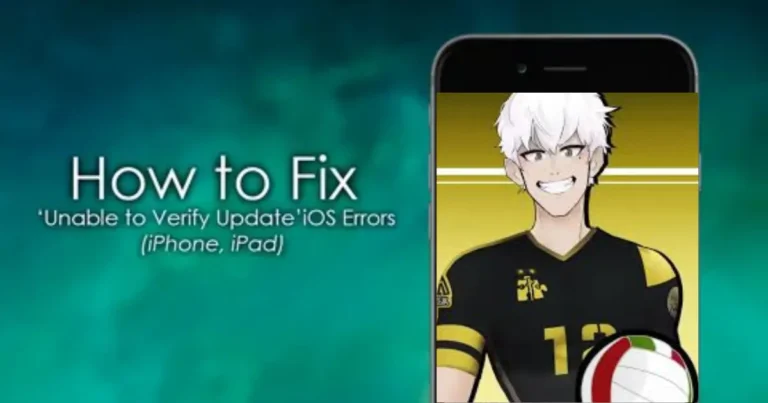Spikeball Rules: Ultimate Guide

Getting started with Spikeball? Great! But before you serve your first ball, it’s important to understand the basic Spikeball rules. These rules aren’t complicated—they’re just there to keep the game fair, fun, and smooth for everyone involved.
Whether you’re a part-time student, AU faculty, staff, or even a family member, you may be eligible to play. Players must be officially listed on the game sheet before they participate, and team rosters can only be changed during the first week of the season. These simple guidelines help keep things organized and fair for all teams.
By following the official Spikeball rules, you’ll make sure every match runs smoothly and everyone gets a fair chance to compete. It doesn’t take long to learn, and once you do, the game becomes even more enjoyable!
Table of Contents
What Is Spikeball?
Brief History of the Game
In the team sport of spikeball, two teams of two players compete. Spikeball is a ball game created in 1989 by Jeff Knurek, inspired primarily by concepts from volleyball. Across from each other, opposing teams form a line, with the spikeball net in the middle. When the server hits the ball into the net from behind the service boundary to an opponent, the ball enters play.
After the ball is served, players are free to roam around. In order to prevent the other side from returning the ball, the goal of the game is to hit it into the net. A team can return the ball with a maximum of three touches. The rally goes on until the ball is not correctly returned.
Official Spikeball Rules
Number of Players
Spikeball is typically played with two teams of two players each, totaling four players. This 2v2 format is standard across most casual and competitive games. Some leagues may allow up to four players per team for substitutions, but only two players per team are on the court at any given time.
How to Serve
The server stands directly across from the designated receiver, who is the only player allowed to field the serve. The server must toss the ball upward before striking it; hitting the ball directly out of the hand is not permitted. The server’s feet must be behind the service line (at least 6 feet from the net) when the ball is hit. Serves must be below the receiver’s raised hand. If the ball contacts the rim at any time, it results in a point for the opposing team.
Scoring System
Spikeball uses rally scoring, meaning a point is awarded on every rally, regardless of which team served. A team scores a point when the opposing team fails to legally return the ball to the net, commits a fault, or if the server has two successive faults. Games are typically played to 21 points, and a team must win by at least 2 points.
Legal and Illegal Hits
Legal Hits:
- The ball must be hit, not caught, lifted, or thrown.
- Players may use any part of their body to hit the ball.
- Hits must alternate between teammates.
- The ball must bounce off the net in a single bounce and clear the rim.
Illegal Hits:
- Hitting the ball with two hands (even if placed together).
- Contacting the ball twice in a row by the same player.
- If the ball hits any part of the ground or rim, it is considered out of play.
- Catching, lifting, or throwing the ball.
Faults and Penalties
- Service Faults:
- The ball is out of the receiver’s reach.
- The ball hits the pocket or rim.
- The serve is above the receiver’s raised hand.
- Penalties:
- Two consecutive service faults result in a point for the receiving team.
- Defensive players must not impede the offensive team’s play; obstruction can lead to a replay of the point.
- Contact with the Spikeball set that affects the trajectory of the ball results in a point for the opposing team.
Rotation and Turn Order
After a server wins a point, they switch positions with their teammate so they are directly across from the other member of the receiving team. The four players serve in the same sequence throughout the match, changing the server each time a rally is won by the receiving team.
Guidelines for Participation
- Participation is open to all students, at least those enrolled part-time.
- All AU employees, including their wives and kids, are welcome to participate.
- Only in the first week of the season may players be added to rosters.
- Before playing in a match, every player must be listed on the game sheet.
Conclusion: (Spikeball Rules)
Understanding and following the Spikeball rules is key to playing a fair and exciting game. Whether you’re learning how to serve, score, or rotate with your teammate, these simple yet important guidelines help keep matches organized and fun for everyone. By knowing what’s legal, avoiding common faults, and ensuring every player is eligible, you’ll enjoy the game the way it’s meant to be played. Stick to the rules, respect your opponents, and let the fun begin!






